History and Atmosphere
Shimabara prospered as a castle town after construction of Shimabara Castle was completed in the early Edo Period (1618). Even today, the castle and old samurai residences remain, and the city’s residents live side-by-side with history.
Shimabara Castle
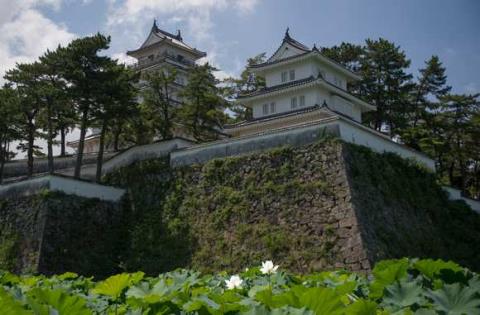
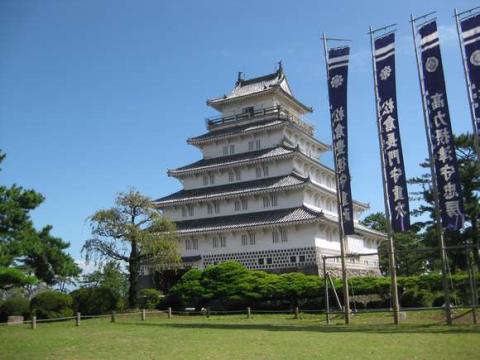
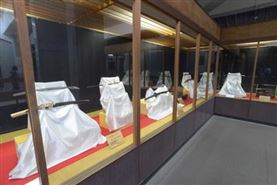
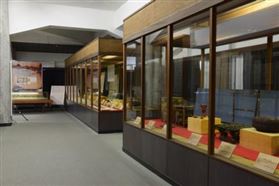
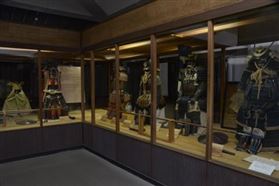
Shimabara Castle was constructed over a seven year period from the year 1618. Its stone walls describe a gently sloping curve as they tower upwards, and support the five-story keep. The castle was constructed by a master of fortification named Matsukura Bungo No Kami Shigemasa.
Visitors to the castle are greeted by Ninjas at the door.
The interior contains an exhibition space covering historic Christian documents and local and folk material.
Samurai Residences
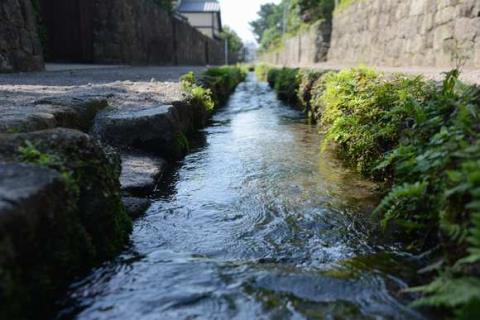
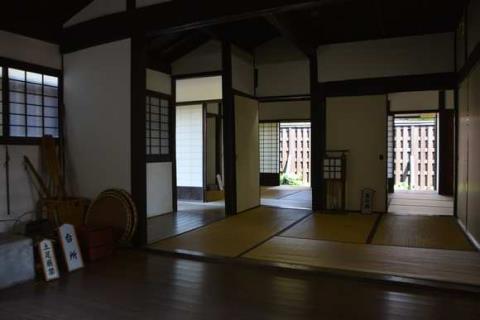
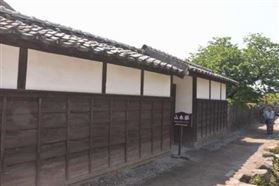
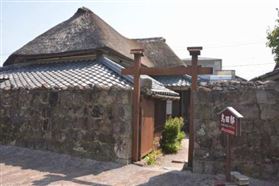
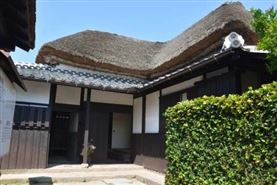
In the Edo Period samurai warriors lived in the district known as Teppoumachi, to the west of Shimabara Castle.
The samurai residences have been preserved and are open to the public.
They are very popular with tourists to the area.
History of the Suppression of Christianity
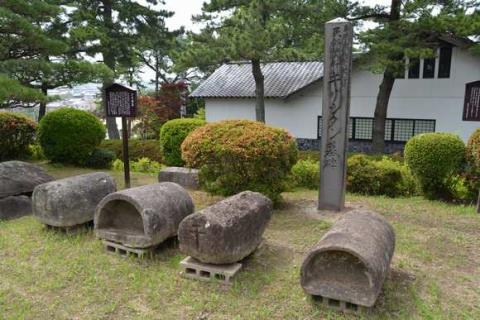
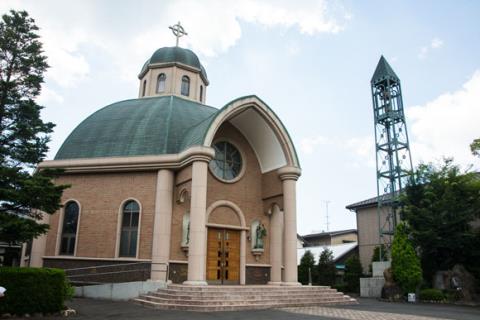
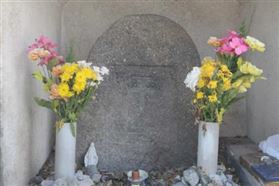
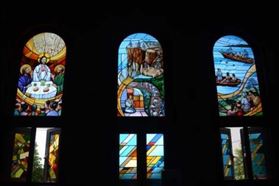
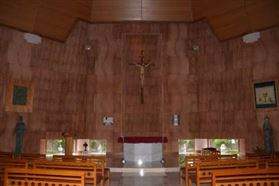
Christianity arrived in Japan in 1549. Although the religion found a wide following in Shimabara, the Tokugawa Shogunate decided to ban Christianity in 1612 and its followers were forced to conduct their worship in hiding.
This eventually led to the battle between the rebel army headed by the teenage Amakusa Shiro Tokisada and the Tokugawa Shogunate’s army.
This event is known as the Shimabara Rebellion.
The rebel army was subsequently massacred, and Japan entered a period of national isolation.
There are a lot of graves and materials pertaining to the underground Christian community of the times in Shimabara.